Crafting Corn-Free Tortillas: A Journey with Millet
Written on
Understanding Nixtamalization
Nixtamalization is an ancient cooking technique developed by indigenous cultures in the Americas, enhancing the nutritional profile of foods like maize. This method utilizes alkaline substances, such as calcium hydroxide or wood ash, to transform the nutrients in grains into more digestible forms. The flavor it imparts is delightful as well. Due to my allergy to corn and a family member's sensitivity to rice, my objective is to create a masa flour suitable for making tortillas or tamales that retains the rich flavors and textures of these beloved dishes. It’s a fascinating blend of culinary art and science.
While researching, I stumbled upon a study focused on the nixtamalization of millet, a staple in various African regions. Given that millet is safe for both of us, I thought it would be an excellent starting point. The study detailed a process for creating a type of fried cake, which isn't exactly my target, but it seemed similar enough to warrant experimentation.
In short, I had a decent first attempt, but I’ll need to explore more techniques before incorporating this into a complete meal.
Ingredients
- Millet seeds
- Pickling lime (Calcium Hydroxide)
- Water
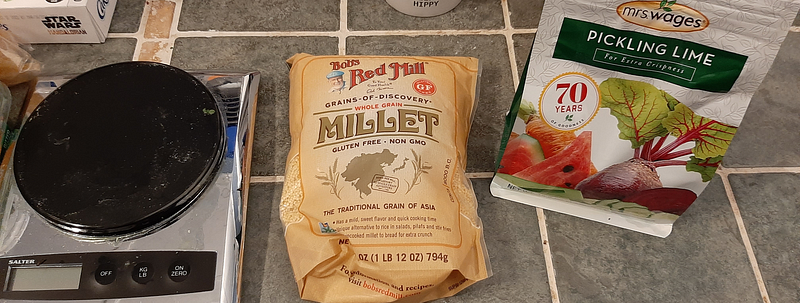
Experimenting with Cooking Techniques
Initial Attempt: Cooking and Resting
I mixed 10 grams of calcium hydroxide into 1 liter of water, then combined it with 768 grams of millet seeds, stirring continuously for about 30 minutes. The mixture began to toast and bubble around the 20-minute mark.
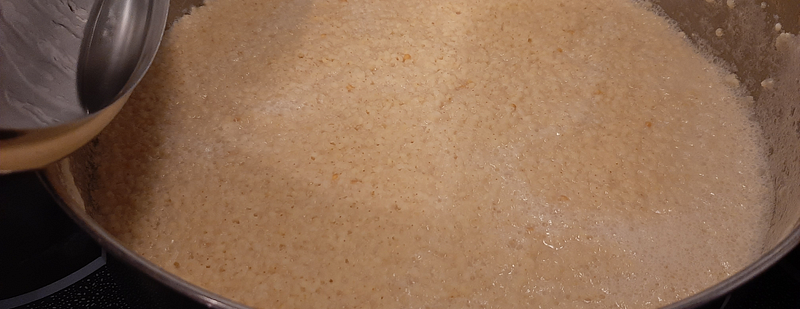
After cooking, I let the mixture sit covered off the heat for roughly 16 hours, extending the time beyond the 12 hours suggested in the study.
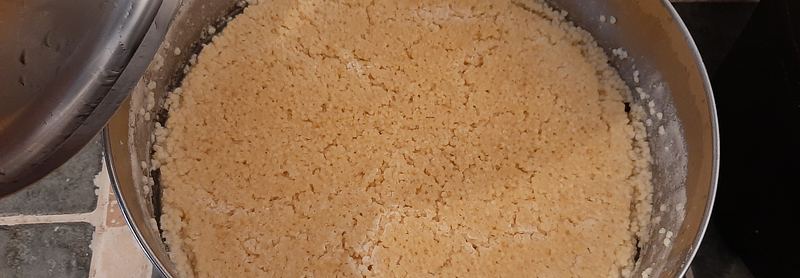
Examining the Outcome
The result was gelatinous, resembling polenta, but the pH level was alarmingly high, around 13 or 14, making it inedible.

Rinsing Process
In the study, rinsing the millet was crucial to eliminate excess calcium hydroxide and other materials. Although I considered using the byproducts in my garden, I opted to discard them for this experiment. I rinsed the millet sample in filtered water, achieving a pH of around 9, which required multiple washes to stabilize.
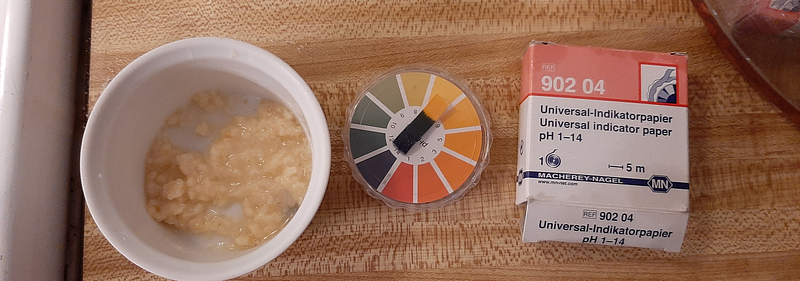
Through my research, I found insights from a Reddit user about the pH levels of fresh masa and tortillas, which suggested that my pH might be a bit high, but the taste was promising.
Fermentation Phase
The original study allowed their mixture to ferment with lactic bacteria for an additional 14 hours, significantly lowering the pH. I plan to try this but want to test the dough from the pH 9-10 range first, adding some sourdough starter to aid fermentation.

Grinding and Forming the Dough
I processed the millet until it reached a wet flour consistency. The texture was fluffy, similar to wet masa, and the aroma was delightful.
Attempting to Form Tortillas
I formed a dough ball and pressed it in a tortilla press, planning to fry it on a skillet. However, the dough fell apart, which was discouraging.
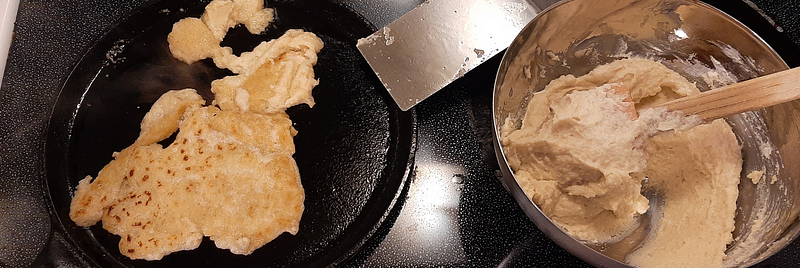
Creating a Fried Cake
The study referred to a “fried cake,” which may differ from what I intended. It seemed the dough was too wet and sticky. By adding un-nixtamalized flour, the dough became more manageable, allowing for better toasting.

Drying and Final Thoughts
After drying the dough, I’ll weigh it before attempting to create tortillas again. If successful, I’ll share the results.
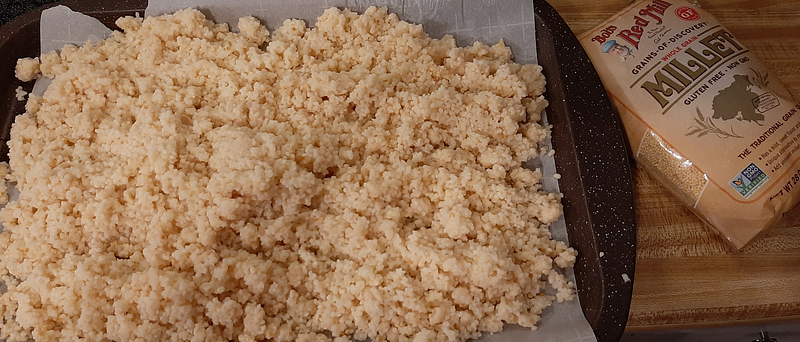
Taste Testing
The flavor was surprisingly good, reminiscent of a hybrid between tortillas and fried mochi. The exterior was crispy while the interior had a gel-like texture. The bitterness from burned spots was a concern, which I’ll need to address in future attempts.
Future Experiments
Next time, I plan to reduce the amount of calcium hydroxide and possibly change my approach to cooking. I'll explore different methods of preparation to enhance the final product.
Video Insights
To enhance your understanding of the nixtamalization process, check out these videos:
Homemade Corn Tortillas with Nixtamalized Corn from Scratch
This video demonstrates the process of making tortillas using nixtamalized corn, showcasing techniques that could be adapted for millet.
Nixtamalization 101: Making Tortillas from Scratch [Recipe Review Ep 4]
A detailed review of the nixtamalization process, providing insights that could inform your own tortilla-making adventure with millet.
References
James Owusu-Kwarteng, Fortune Akabanda (2013) Applicability of Nixtamalization in the Processing of Millet-based Maasa, a Fermented Food in Ghana (PDF Download) Journal of Food Research Vol. 2, ?1, p.59